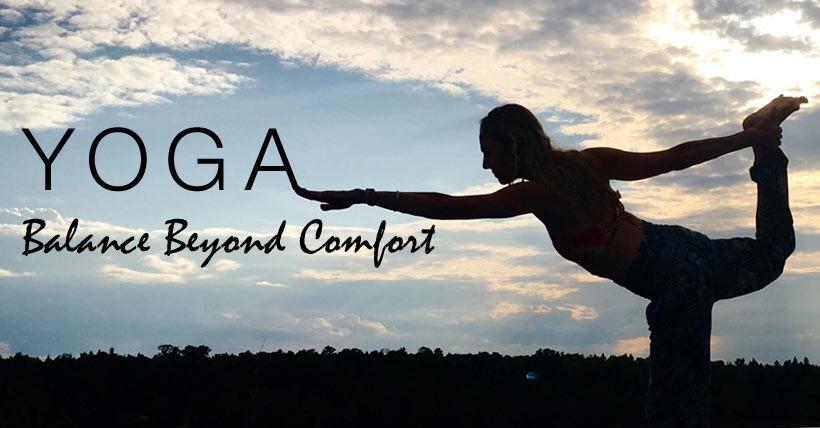Anyone can practice restorative yoga and it is highly recommended if you are sick, recovering from an injury or childbirth, suffer from fatigue, headaches, high blood pressure, neck problems, indigestion, menstrual cramps, etc.
This particular discipline is practiced by many women as an alternative treatment for infertility as it has been shown to help with fertility and pregnancy. If you are looking for the best trainer to learn restorative yoga, then you can browse restorative yoga coaching near me.

Science shows that this particular form of yoga helps stimulate the parasympathetic nervous system (PNS), which functions to balance the body and quickly restore its responsive system.
Stimulating the PNS has been shown to have beneficial effects in reducing high blood pressure and heart rate, and boosting the immune and endocrine systems. When you take a class for the first time, you expect it to be very relaxed. It is also a good exercise to complement the more active types of yoga.
The instructor will give you all the support you need to stretch, and because it's not as active as other types of yoga, a blanket can be wrapped around you if you get a cold. Once the props are attached, you will be asked to hold the pose for about twenty minutes or so. It may seem boring and repetitive, but the effects of stretching are sure to be felt all over your body.
